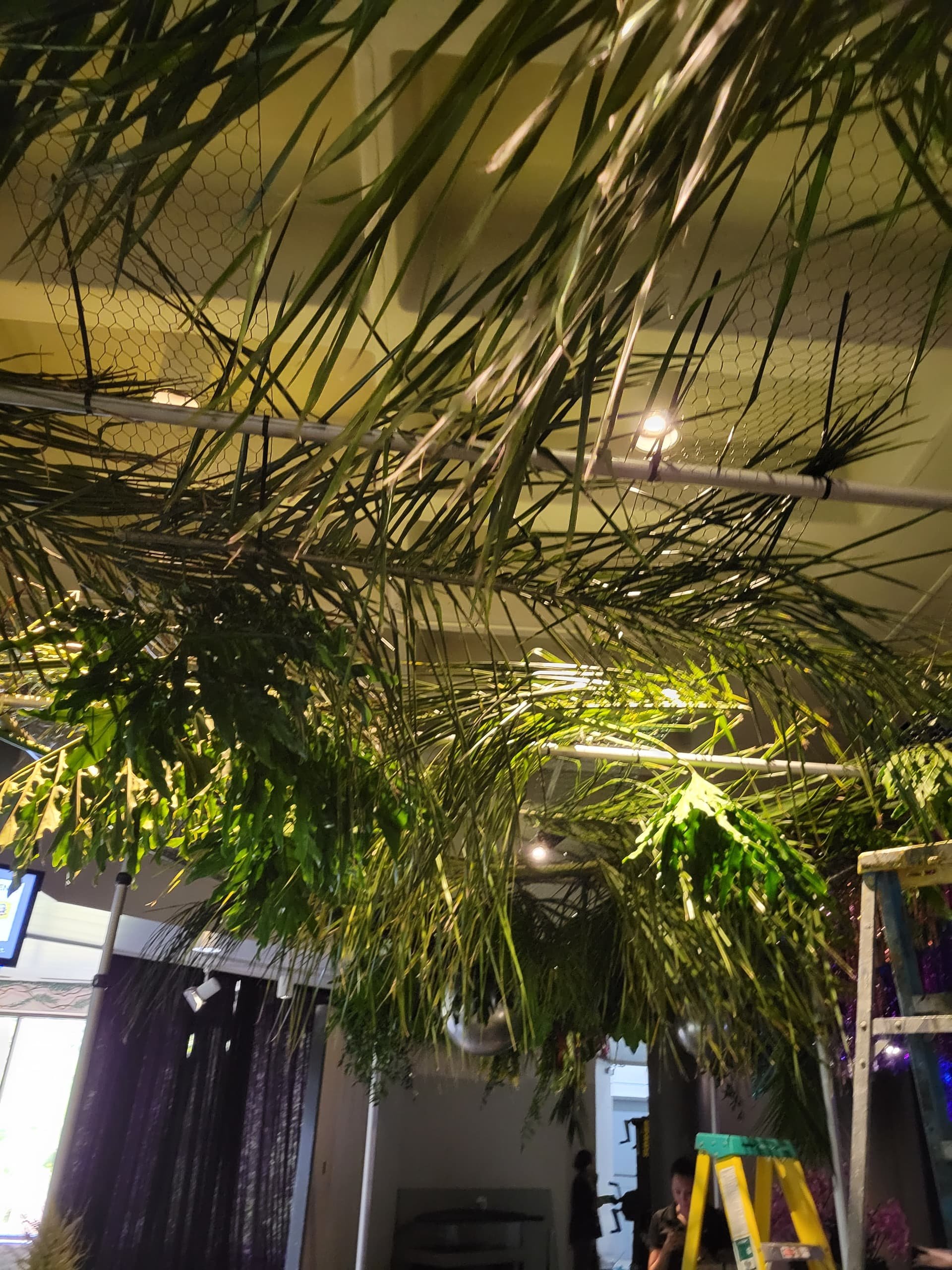Neurodivergence in the Floral Community
Disclaimer: The data presented herein is from university research and peer-managed polls.
Over the last five years, a spotlight has shown how neurodivergence, or the uniqueness of the mind, impacts all the facets of our daily lives.
During Covid, social media users shared what neurodivergence looks like via lived-in experiences. I received my diagnosis of ADHD, Dyslexia, Dyscalculia, Dysgraphia, and Dyspraxia at 28. Now I advocate to change how we view these disorders.
What is Neurodivergence?
The umbrella term encompasses neurological or neurodevelopmental conditions. For example:
Autism
ADHD
Dyslexia
Dyspraxia
Dyscalculia
Asperger's
OCD
Recent science shows several of these conditions are rooted in neurochemical imbalances or structural differences in synapses and neurons.
My research has focused on how ADHD and the Dys-Disorders make up a large percentage of Creative Industries and their use in the world of Floristry.
15 -20% of the world's population has one or more of these conditions. One in four Americans has ADHD, with 50% having a co-diagnosis of a Dys-Disorder. In the UK, that number is 1 in 7 for general neurodivergence with the same 50% co-diagnosis. Two in three ADHD-ers have Autistic Spectrum traits. With so many people in the same boat, it is imperative to find the commonalities and skills we bring to the table.
The best description I can come up with to explain ADHD is the analogy that we are running on a different operating system.
"...that the world and everyone in it is defaulted to an operating system. From school to work and day-to-day activities, everything is coded for that operating system. They're able to access the main system it requires extra time, resources, and often financial means.
Say the instructor asks you to open to page 22 in your online textbook. You have to download the book, reformat it to your system, then relaunch it. In that time, the rest of the class has moved ahead several pages, and you've lost that time getting ready to start. In stores, all chargers would be for the main OS as a standard; you have to seek out and spend more funds on an adapter. Now multiply those scenarios by daily life, any and all education, and your daily work and life tasks.
It's no small wonder the neurodivergent community is overwhelmed and burnt out."
ADHD
ADHD is viewed as hyperactive boys who run around classrooms.
It is caused by both neurochemical imbalances and synaptopathy. Simply put, our minds don't produce the same amount of baseline chemicals as a typical brain.
The structure of our brains is fundamentally different than the neurotypical example—our neurons are further apart.
This leads to nonlinear thinking, the pop culture cliche of "randomness."
The gift of ADHD is twofold, the ability to manage crisis or time-pressure tasks and what experts call "Conceptual Expansion."
These skills allow us to "hyperfocus" or lock into tasks that are time sensitive (hello, event day!), handle crises like a champ, and come up with innovative designs.
I've experienced these in action first-hand. Keep reading for my favorite examples of this from my career!
Wind vs. Harlow Stands
In my first solo design as an event florist, the planner and I sold a towering, disco ball-studded tablescape to a party client. What we didn't consider were the spring storms we had the week of our event.
This is the mock design I created for the event design.
On the day of the event, we experienced wind gusts of 20 mph! As soon as the first stand went up, I knew we could have an absolute fiasco on our hands.
No sooner had I expressed that concern than our first piece flew off the table. Mirrors shattered, orbs got crushed, and we had 30 minutes to get the rooftop set.
everyone loves the harlow stands, but when there’s wind involved, you have to make design changes!
My brain kicked into overdrive. We were too far from the shop or stores to grab replacements, so I unleashed my inner "squirrel brain." Votive holders became feet for a low compote style centerpiece, and mirror trays became optical illusions to camouflage the bottom of foam trays on the reflective tablecloths.
with some changes, the final design turned out great!
votives became feet for a low style centerpiece and mirrors an optical illusion.
The clients and planner were thrilled, and I contained the impending calamity with time to spare.
This ability to "hyperfocus" is the hallmark of both ADHD and some Autism presentations and is an invaluable skill.
Dys-Disorders
Dyslexia is the catch-all term for what is actually four disorders;
Dyslexia: Reading, Spelling, Language
Dyscalculia: Mathematics, Number-related concepts, Symbols, and Functions
Dyspraxia: Spatial Awareness, Motor skills
Dysgraphia: Writing, Thought communication orally and in writing, penmanship
I suffer from all four disorders but was only diagnosed as an adult. These disorders make a person both a visual and word-based thinker. They allow us to "mind map" spaces and designs in three-dimensional space. Even heightened pattern identification which lends itself to Data and Trend forecasting.
Mental 3D Maps: Dys-Disorder Perk
My favorite example of this was a gala that required over 1,000 red roses. My manager is a proponent of "pre-fab everything you can," which is efficient for day-of-time management. It's a challenge for packing logistics. But give someone with dyslexia a van and 30 minutes, and they'll give you a safely strategically packed van with room to spare.
How to pack a van full of over 1,000 roses!
being strategic allows for room to spare.
Dyspraxia has given me the most trouble professionally. Lack of spatial awareness, coordination, and my brain's ability to view a space in its entirety has led to injuries, obsession with seemingly unrelated pieces of an event coexisting, and an Avant-Garde construction process for installations.
At a fundraiser for a museum, we had a structurally unstable pipe and drape that would become a lush, alien ceiling installation. The piping crew had lost critical crossbars, which didn't interfere with their jobs but drastically hindered mine.
Mind mapping allowed me to find weight and stress points we could manipulate in the design before anything went airborne. With some heavy-duty wire, lots of chicken wire, and over 6 hours of labor, we made magic happen for our clients.
This was the start of our installation.
the final product turned out beautifully!
A career in the floral industry has been challenging with my diagnosis, but it is a very common career choice for those on the spectrum.
Over 75% of neurodivergent people are members of the Creative Economy—from classical or studio arts to data analysis, architecture, or commercial product design. Given workplace accommodations, neurodiverse team members can grow and build your business in ways you can only imagine.
As we all move forward to create a welcoming, inclusive space in the industry, ask yourself and your team how we can better support some of our most underserved members.














